Rampur Tourism
Search related to Uttar Pradesh Tourism

Rampur is a city located in the state of Uttar Pradesh in northern India. It is situated on the banks of the river Kosi, about 300 km east of the Indian capital, New Delhi. The city has a rich history, with its roots tracing back to the 18th century when it was founded by Nawab Faizullah Khan. Rampur was once a princely state under British colonial rule, but it became a part of India after the country gained independence in 1947.
History
Rampur has a long and illustrious history. According to the archaeological evidence, the region around Rampur was inhabited by humans during the Paleolithic period. The city was founded in 1637 by Nawab Faizullah Khan, who was a Pashtun soldier in the Mughal army. The city was initially called Mustafabad, but it was later renamed Rampur after the Rampur state, which was established in 1774.
The Rampur state was ruled by the Nawabs of Rampur, who were descendants of Nawab Faizullah Khan. The Nawabs of Rampur were known for their patronage of art, culture, and education. They built many palaces, mosques, and educational institutions in the city. Rampur was also an important center of trade, with many traders from different parts of the country and abroad coming to the city to do business.
During the British rule, Rampur was a princely state, and it was one of the wealthiest states in India. The Nawabs of Rampur had good relations with the British, and they played an important role in the administration of the region. The city witnessed many significant events during the British rule, such as the Indian Rebellion of 1857 and the Non-Cooperation Movement of 1920-22.
Geography
Rampur is located in the northern part of Uttar Pradesh and is situated on the banks of the Kosi River. The city is surrounded by the districts of Moradabad to the west, Bareilly to the north, and Budaun to the east. The city covers an area of around 55 square kilometers and has a population of around 3 lakh.
Climate
Rampur has a subtropical climate with hot summers and cold winters. The summers are hot and dry, with temperatures ranging from 30 to 45 degrees Celsius. The winters are cold and foggy, with temperatures ranging from 5 to 20 degrees Celsius. The best time to visit Rampur is from October to March when the weather is pleasant.
Culture
Rampur has a unique cultural heritage that reflects its rich history and diverse population. The city is known for its vibrant music and dance traditions, which include the Rampuri thumri, a genre of Hindustani classical music, and the Rampur gharana, a school of classical music that originated in the city. Rampur is also known for its cuisine, which is influenced by both Mughlai and Awadhi cuisines.
Economy
Rampur is primarily an agricultural city, with sugarcane being the main crop. The city also has a number of small-scale industries, including textiles, handicrafts, and metalworks. Rampur is well connected by road and rail, and is situated on the Lucknow-Delhi railway line.
In recent years, Rampur has seen a growth in tourism, with a number of hotels and resorts opening up in the area. The city is also becoming a popular destination for investors, with a number of industrial projects being planned in the area.
Demographics
Rampur has a population of approximately 326,000 people, according to the 2011 census. The city has a literacy rate of 58.2%, which is lower than the national average. Rampur has a mixed population, with Hindus, Muslims, and Sikhs living in the city. Urdu is the most widely spoken language in Rampur, followed by Hindi and English.
Festivals
Rampur is also famous for its festivals, which are celebrated with great enthusiasm and fervor. Some of the important festivals celebrated in Rampur are Eid-ul-Fitr, Diwali, Holi, and Muharram. The Urs of Hazrat Haji Waris Ali Shah, which is celebrated in the month of Safar, is one of the most important festivals of Rampur.
Attractions
Rampur has several tourist attractions that draw visitors from around the world. Some of the most popular places to visit in Rampur include:
- Raza Library: The Raza Library is a famous library in Rampur that houses more than 17,000 rare manuscripts, including several handwritten copies of the Quran. The library also has a vast collection of books, paintings, and artifacts.
- Rampur Raza Mosque: The Rampur Raza Mosque is a beautiful mosque built by Nawab Faizullah Khan in the 18th century. The mosque is known for its intricate architecture and design.
- Jama Masjid: The Jama Masjid is another famous mosque in Rampur that was built in the 17th century. The mosque has a unique blend of Mughal and Rajput architecture and is known for its intricate carvings and decorations.
- Kala Kuan: Kala Kuan is a popular tourist spot in Rampur that is known for its natural spring water. The water is believed to have medicinal properties and is considered to be holy by locals.
- Rampur Fort: The Rampur Fort is a historic fort built by Nawab Faizullah Khan in the 18th century. The fort has several beautiful gardens, pavilions, and courtyards.
- Shahbad Gate: The Shahbad Gate is a historic gate built in the 18th century that was used to enter Rampur from the north. The gate is known for its intricate carvings and design.
- State :
- Uttar Pradesh
How to Reach Rampur
Rampur is a beautiful city located in the northern Indian state of Uttar Pradesh. It is known for its rich history, culture, and beautiful architecture. If you are planning a trip to Rampur, you might be wondering how to reach there. In this article, we will discuss the various modes of transportation available to reach Rampur.
-
By Air
The nearest airport to Rampur is the Indira Gandhi International Airport, New Delhi, which is around 180 km away from Rampur. From the airport, you can hire a taxi or take a bus to reach Rampur. The airport is well-connected to all major cities in India as well as international destinations. Some of the major airlines that operate flights to and from the Indira Gandhi International Airport are Air India, Jet Airways, IndiGo, SpiceJet, and Vistara.
-
By Road
Rampur is well-connected to other cities in Uttar Pradesh and neighboring states through the road network. The city lies on National Highway 9, which connects it to Delhi, Moradabad, Bareilly, and other major cities in the region. There are several private and government-run buses that operate between Rampur and other cities in the region. You can also hire a taxi or self-drive to Rampur from Delhi, which is around 170 km away.
-
By Train
Rampur is well-connected to other parts of India through the railway network. The city has its own railway station, which is located on the Delhi–Moradabad railway line. Some of the major trains that pass through Rampur railway station are the Delhi–Kathgodam Shatabdi Express, Lucknow–Kathgodam Express, and Ranikhet Express. These trains connect Rampur to major cities in India such as Delhi, Lucknow, Kolkata, and Mumbai. You can easily book your train tickets online through the Indian Railways website or other third-party websites.
Complete List of Tehsils in Rampur District, Uttar Pradesh
| S.No | Tehsil / Taluk Name | District Name | State Name |
|---|---|---|---|
| 1 | Bilasour | Rampur | Uttar Pradesh |
| 2 | Bilaspur | Rampur | Uttar Pradesh |
| 3 | Builaspur | Rampur | Uttar Pradesh |
| 4 | Kilak | Rampur | Uttar Pradesh |
| 5 | Milak | Rampur | Uttar Pradesh |
| 6 | Rampur | Rampur | Uttar Pradesh |
| 7 | Shahabad | Rampur | Uttar Pradesh |
| 8 | Suar | Rampur | Uttar Pradesh |
Discover Exciting Places to Visit in Agra, Uttar Pradesh - Your Ultimate Travel Guide
Are you ready to explore the wonders of Agra, Uttar Pradesh? From the majestic Taj Mahal to hidden gems waiting to be discovered, our travel guide unveils the most captivating
Explore Exciting Places to Visit in Mumbai, Maharashtra - Your Ultimate Travel Guide
Ready for an adventure? Mumbai, in the beautiful state of Maharashtra, is packed with amazing places waiting to be explored! From iconic landmarks to hidden gems, Mumbai has something for
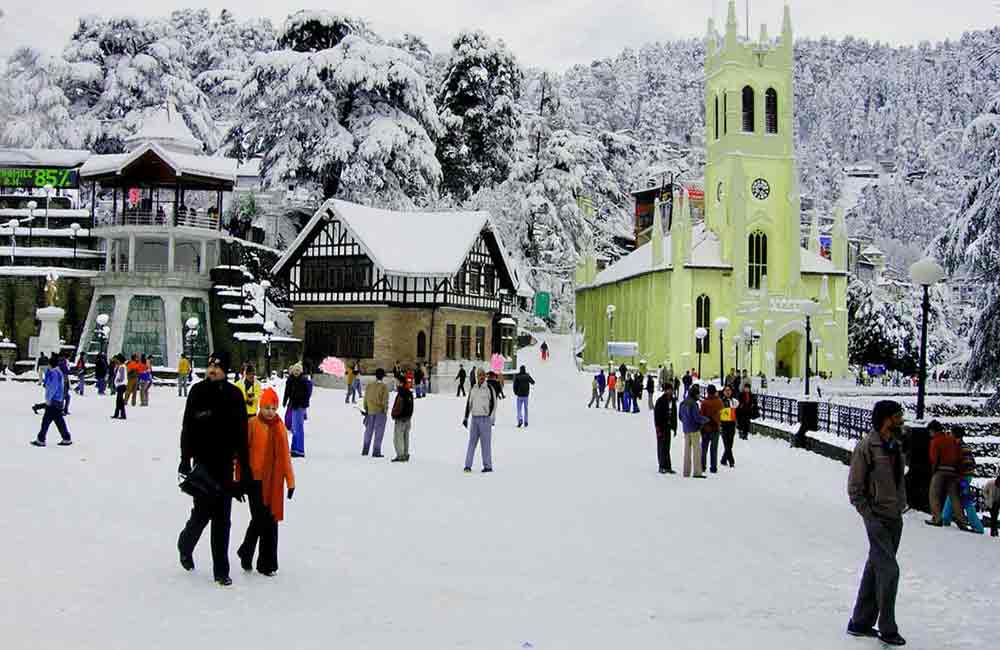
Explore the Wonderful Places to Visit in Manali, Himachal Pradesh - Your Ultimate Guide!
Ready for an exciting adventure? Discover the places to visit in Manali, Himachal Pradesh! From snowy mountains to lush valleys, there's something for everyone. Plan your trip now and explore
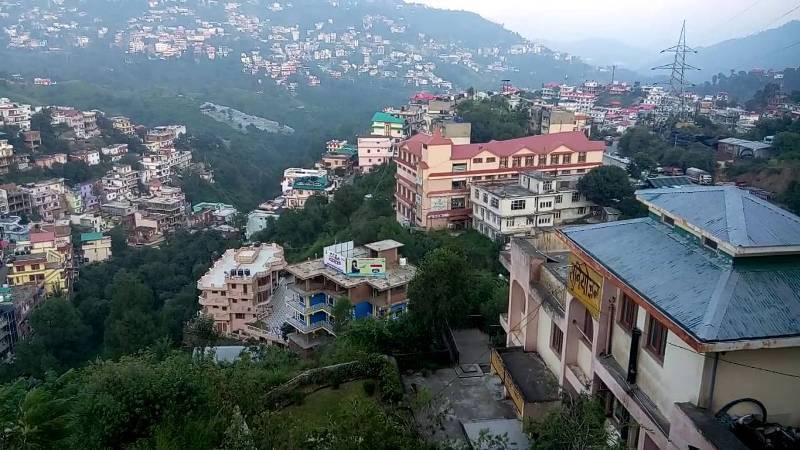
Places to Visit in Solan Himachal Pradesh - Explore the Best Tourist Spots
Discover the enchanting beauty of Solan Himachal Pradesh by exploring its myriad tourist spots. Whether you're seeking adventure or tranquility, Solan has something for everyone. From lush green valleys to
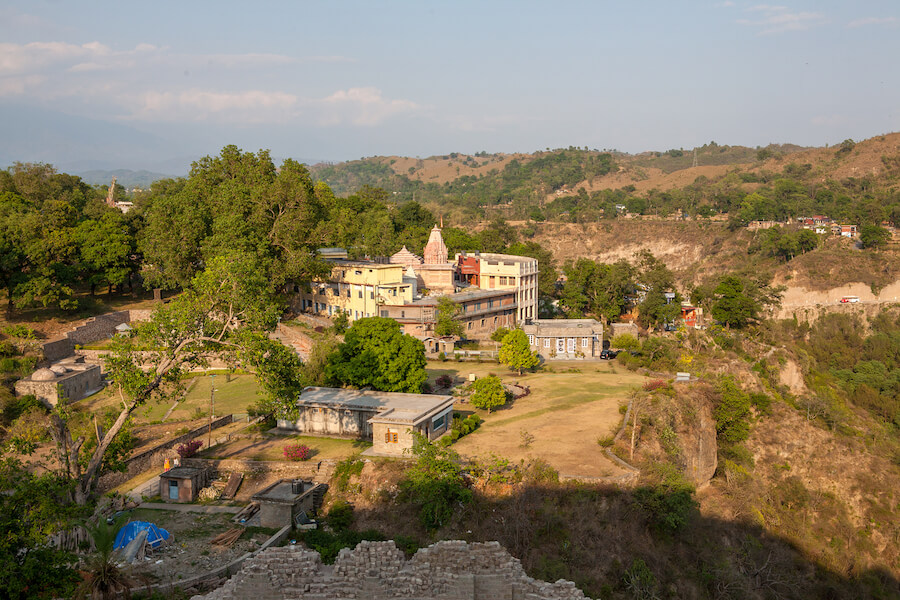
Discover the Best Places to Visit in Kangra, Himachal Pradesh: A Traveler's Guide
Ready for an exciting journey? Kangra, Himachal Pradesh welcomes you with open arms! Explore ancient temples, lush landscapes, and more in this enchanting valley. Let's uncover the best places to
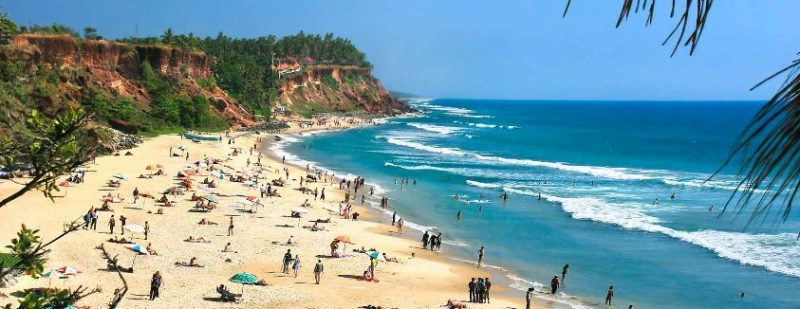
Explore Incredible Places to Visit in Varkala, Kerala: A Guide
Are you ready for an adventure? Varkala in Kerala is waiting for you! Discover the magic of this beautiful place with our guide to the best places to visit. From
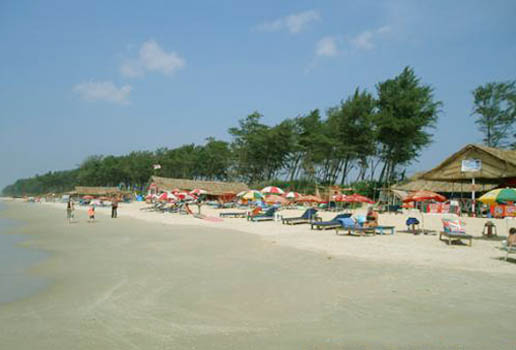
Explore Panaji, Goa: Discover the Best Places to Visit in the City
Ready for an adventure? Panaji, located in Goa, is packed with exciting places to visit. From ancient forts to picturesque beaches, there's never a dull moment in this lively city.
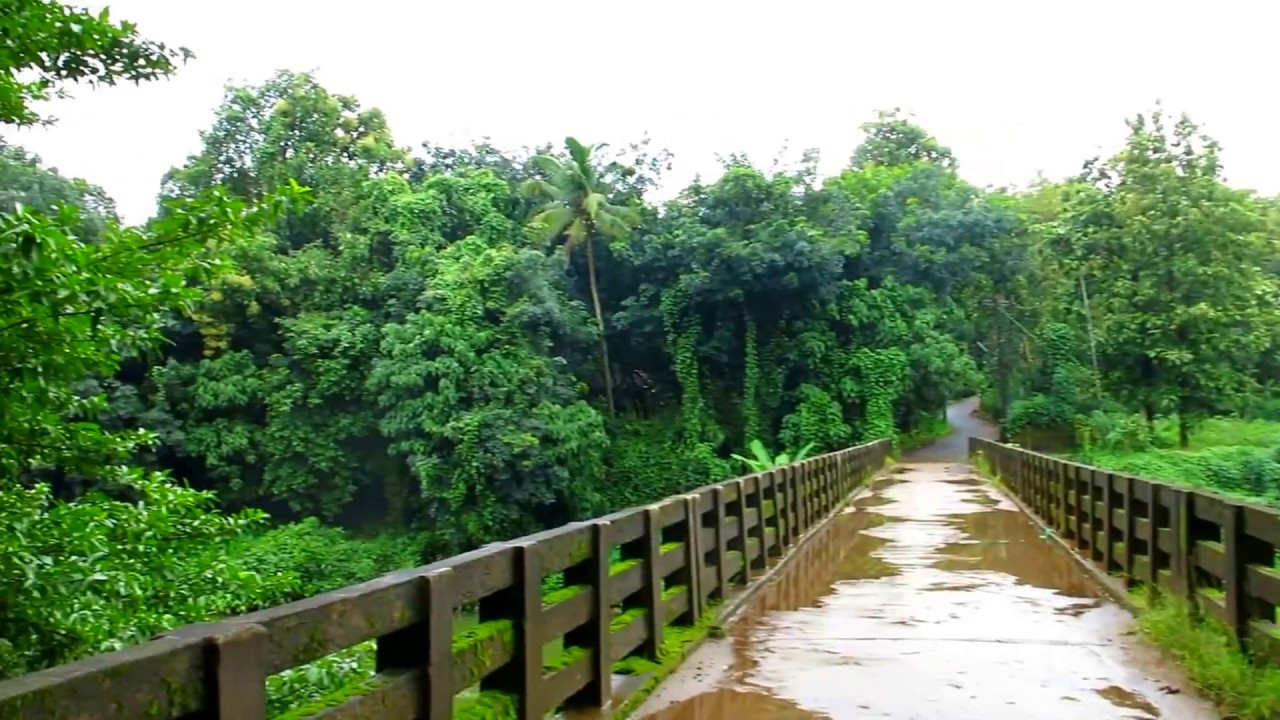
Explore the Best Places to Visit in Thrissur, Kerala – A Perfect Guide for Your Next Adventure!
Are you ready to explore Thrissur, Kerala? Get ready for an exciting journey through this vibrant city! Discover its rich history, stunning landmarks, and fascinating culture. With our guide to
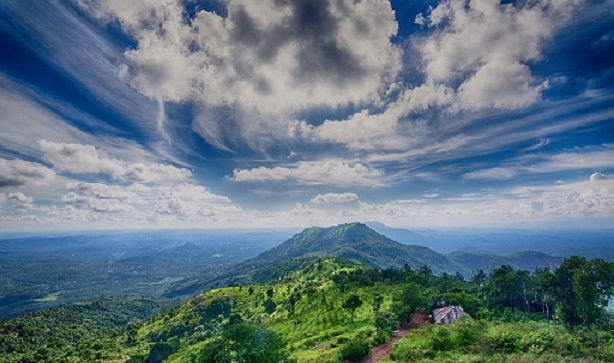
Explore the Best Places to Visit in Malappuram, Kerala - A Traveler's Guide
Dive into the beauty of Malappuram, Kerala with our ultimate travel guide! From picturesque beaches to fascinating historical sites, explore the best places to visit in Malappuram Kerala. Whether you're
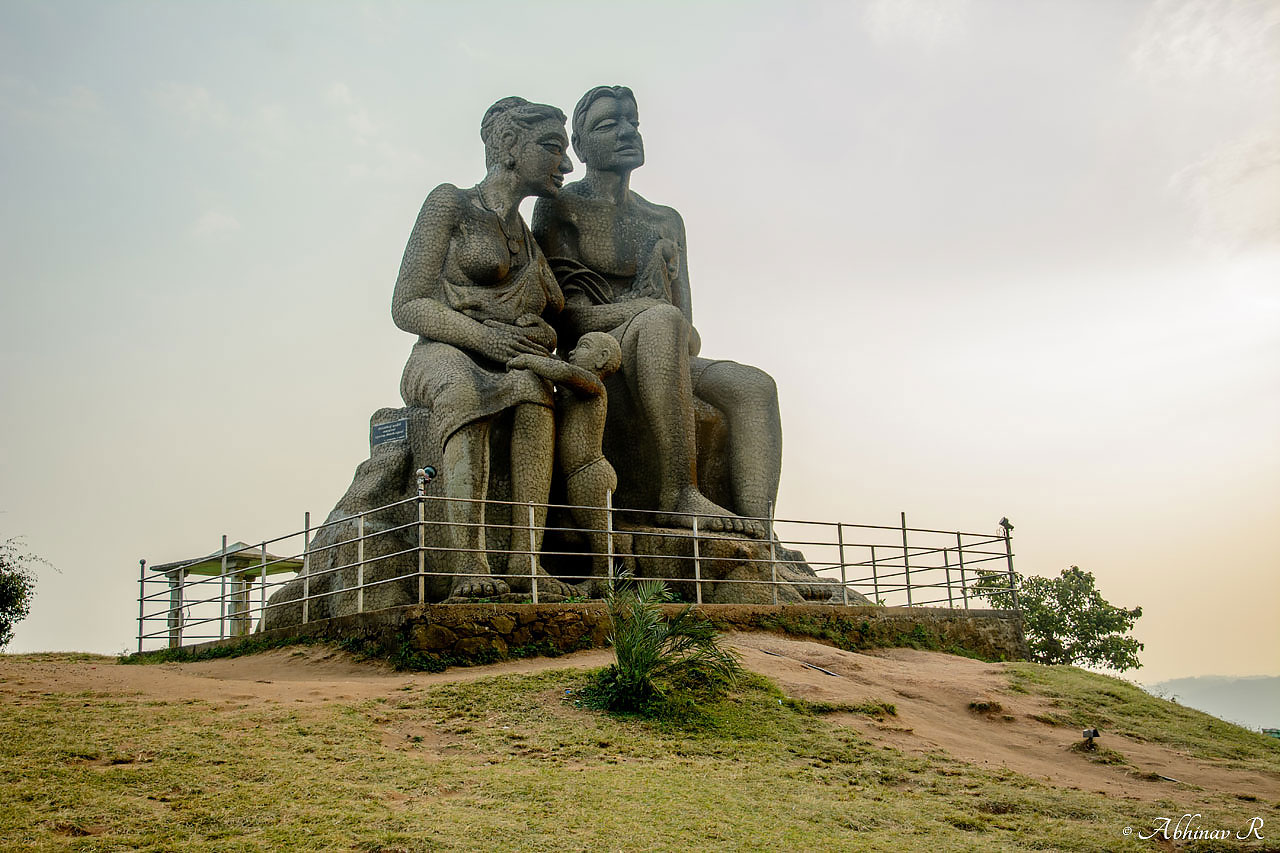
Explore the Best Places to Visit in Idukki, Kerala - A Traveler's Guide
Discover the mesmerizing beauty of Idukki, Kerala with our guide to the best places to visit. From breathtaking landscapes to serene lakes, explore the charm of this enchanting destination. Whether

